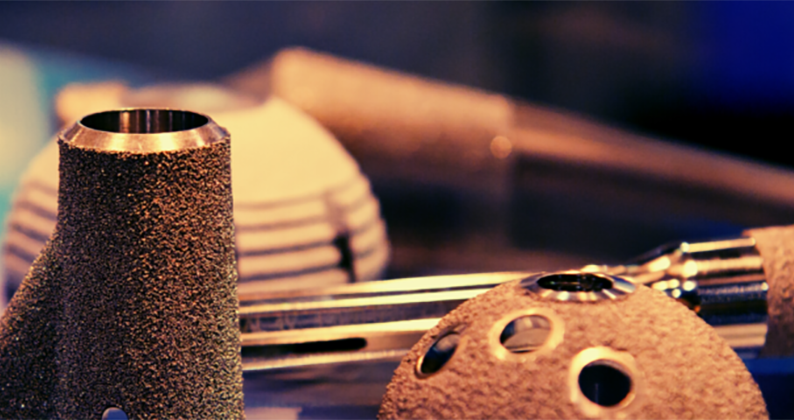
Additive manufacturing is a frequent topic of discussion at ORTHOWORLD. Due to the diversity of readers like you (OEMs, Suppliers, Inventors, Analysts), knowledge on the subject is vast, but deep only in certain circles. Even so, interest in the benefits of the technology is great. The unknowns—cost, design, production—have held up some companies from fully committing to its adoption, but this hasn’t stopped them from progressing and making significant investments. Below, we summarize select company actions occurring over just the last few months. What’s interesting, we think, is the mix—small and large companies acting independently, large companies teaming up with smaller ones and large companies joining forces with other large companies. Clear leaders in the space have yet to emerge, but we suspect it’s only a matter of time. We intend to keep you posted.
Additive Orthopaedics received FDA 510(k) clearance for its 3D-printed osteotomy wedge to treat bone fractures or osteotomies in the foot and ankle. This represents the company’s second FDA clearance, following a 3D-printed titanium digital fusion implant announced in 2Q16. Successful treatment of a series of hammertoe cases with its 3D-printed implant was also announced. Additive Orthopaedics is an early stage orthopaedic company focused on leveraging the patient, technological and cost benefits of additive manufacturing into the global extremities market.
GE plans to acquire Arcam and SLM Solutions, suppliers of additive manufacturing equipment. GE considers itself to be a “leading practitioner of additive manufacturing” and is adding these two different, complementary additive technology modalities as individual anchors for a new GE additive equipment business. “Over time, we plan to extend the line of additive manufacturing equipment and products,” stated David Joyce, President & CEO of GE Aviation.
Johnson & Johnson, parent company of DePuy Synthes, announced collaboration with a subsidiary of HP focused on use of 3D printing technologies to create better healthcare outcomes at reduced costs. The companies aim to develop products and solutions that can be manufactured quickly and customized to the needs of an individual patient or consumer. ”Advances in 3D printing technology have the potential to break historical paradigms of healthcare delivery in ways that are not feasible in traditional manufacturing processes,” said Stephen Nigro, president of HP’s 3D printing business.
Spineart received CE Mark Approval for its JULIET Ti lumbar interbody systems featuring TI-LIFE, a micro-porous scaffold designed to mimic trabecular bone. Produced via additive manufacturing, TI-LIFE features interconnected pores of 600 μm to 700 μm with an overall porosity of 70% to 75%, and is designed to enable cell colonization and promote bone ingrowth.
Stryker Spine introduced the Tritanium Posterior Lumbar Cage. The device received FDA 510(k) clearance in 1Q16 and is manufactured via Stryker’s additive manufacturing/3D printing process in its own 3D additive manufacturing facility. “Stryker is a pioneer in 3D additive manufacturing, investing nearly 15 years in research and development,” stated Stryker’s Spine division President, Brad Paddock.
Questions on this article? Email Julie Vetalice.




